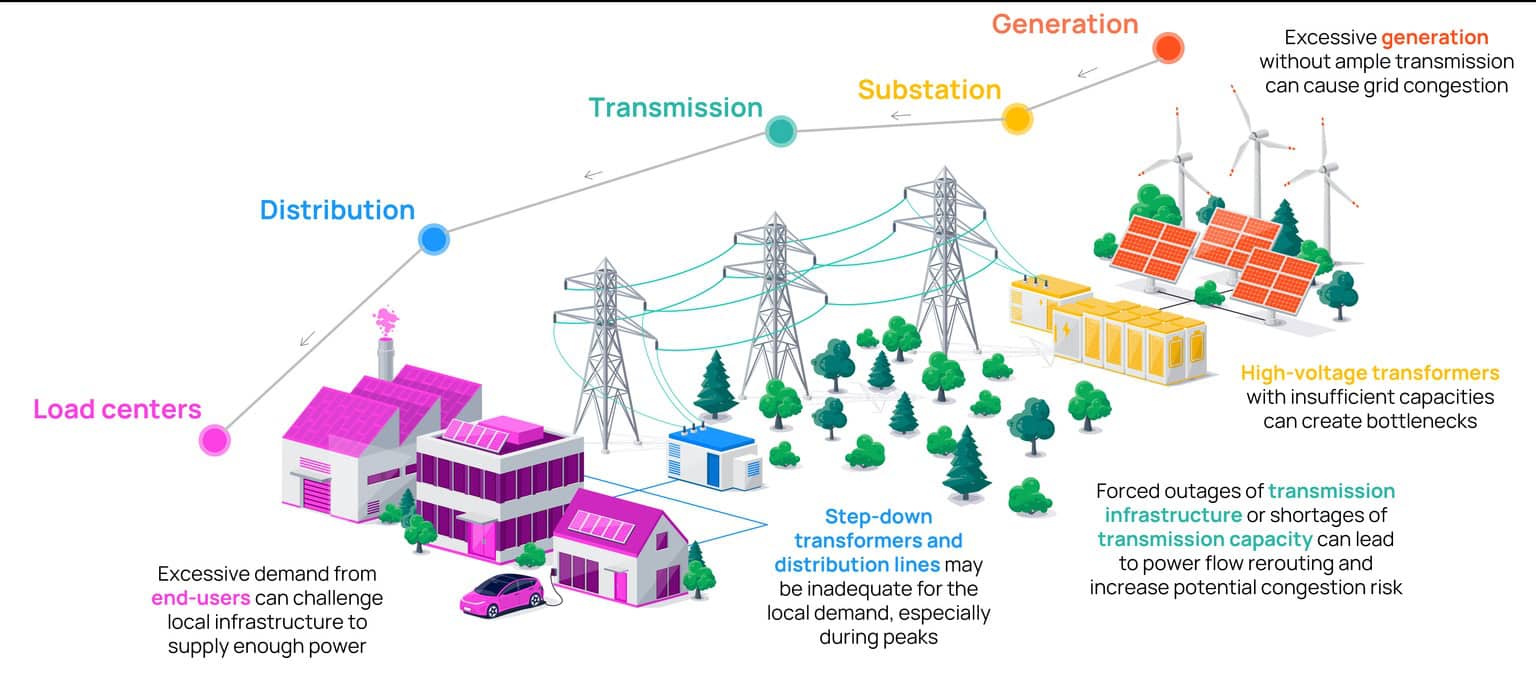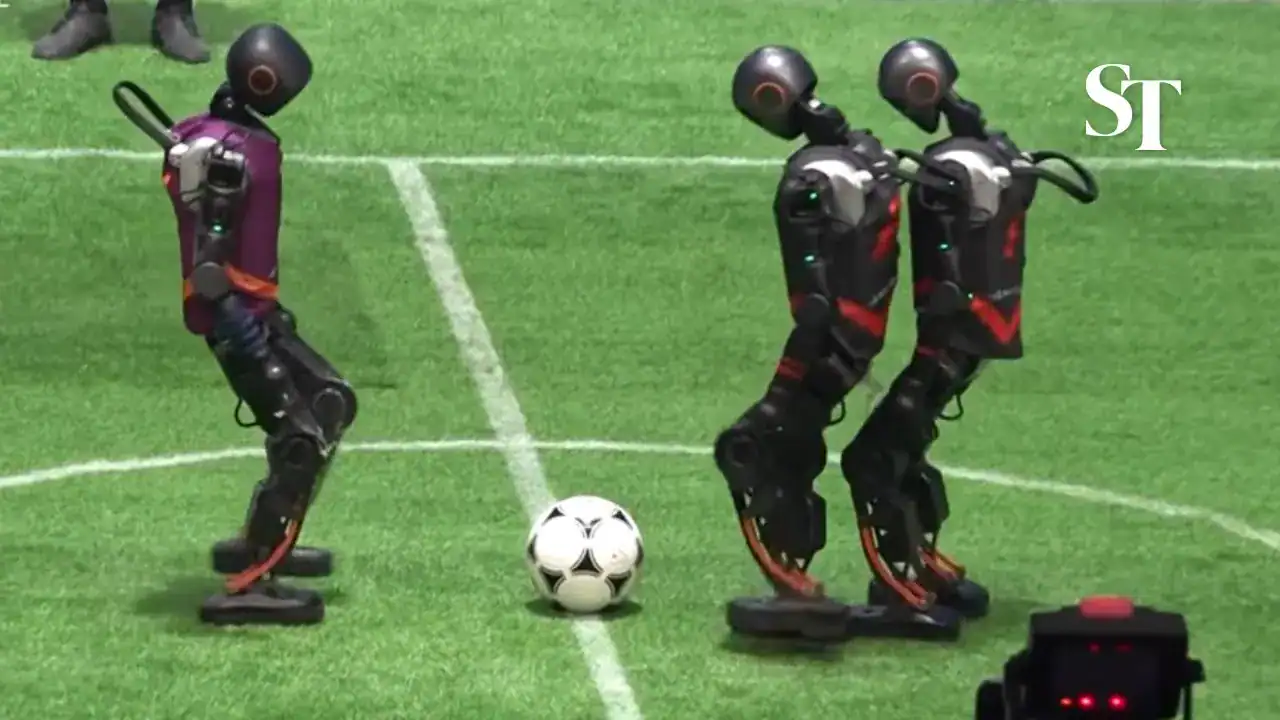DETROIT – General Motors is revoking the “fully remote” status of about 100 white-collar workers and will now require them to come into the office at least three days a week. For some, the order will require relocating closer to an office, the Free Press has learned.
The employees impacted by this change include managers. They were notified of the new rule Friday, said two people familiar with the situation who asked to not be identified because they are not authorized to share the information publicly.
The 100 workers are located in the United States, one of the people confirmed. But like the rest of GM’s global workforce, they will be required to be at their office desks Tuesday, Wednesday and Thursday of each week. These employees have until the end of September to comply with the order, said one of the people, who added that the company is working with the people who face relocation.
Barra insisted on in-person attendance
The reason for the change is that GM leaders determined, given the type of jobs those remote employees were doing, they would perform better in a collaborative environment, one of the sources told the Free Press.
GM spokesman Kevin Kelly declined to comment.
GM’s push to get salaried workers back at their desks inside GM’s facilities after months of working remote during the COVID-19 pandemic has been a challenge, met with pushback along the way. But in December, GM CEO Mary Barra stood firm. She announced GM’s current in-person work policy in a companywide email reported by the Free Press at the time. In it, Barra made it clear she wants white-collar workers at their desks inside GM facilities on three specific days of each week “at a minimum.”
At that time Kelly said the move would help GM accelerate its transition to launching and selling more electric vehicles as the company targets an all-electric lineup by 2035.
“We’re going through a historical transformation around the business,” Kelly told the Free Press in December. “This (new policy) is a way to get more collaboration around that transformation.”





